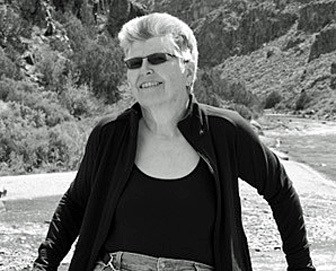
U.S. Customs and Border Protection
Detained immigrant children in federal custody.
The Maya of the Yucatan invented writing, calendars, and a number system
that counted in the millions. Made tools and pottery, sang songs,
built ball courts, pyramids and temples, created public plazas
with monumental columns that told their history. 3rd century AD.
The Aztec in the Valley of Mexico built warrior statues to guard their temples.
They too made calendars: one, like ours, the other sacred, with symbols
marking sounds or words. They left books with rich depictions of their daily lives,
their legends, their beliefs. 13th and 14th centuries.
The Inca in Peru built an empire, 16 million people. In 1400s AD.
They used knots and cords for numbers, intricate skill recording myths and history.
These khipus, “language of animals,” strung textured cords
commanding 95 “syllables” of color, touch, and direction. Let that sink in:
Touch as well as sight. Makers, readers had to know the different feel of vicuna, alpaca, others that lent their coats to different cords of meaning.
Syllabic systems like our own, marks that set our speech, count symbols in a similar range. But the Inca used touch. Touch! 95 locks of color, touch, and direction.
I wake up thinking about this.
These are ancestors, Americans, people of Central and South America
whose descendants seek asylum at our borders. Instead of refuge, we aim teargas,
separate children from parents, call them “alien,” “criminal,” these noble people
who had their histories stolen, seeking safety from their countries’ wars our people started.
Some seekers, blood mixed for centuries with their conquerors,
may be people of the touch, who used intricate knots and textured cords
to share their daily lives and myths, people who understood
the language of animals. I ache to welcome them.
Three-dimensions, starting at our fingertips.
I touch your cheek, imagining a different world.
− Mary Ellen Capek, November 2018

Courtesy photo
Mary Ellen Capek
Corrales resident Mary Ellen Capek is a researcher, writer, publisher and philanthropy consultant who’s recently resumed writing poetry as commentary on oppressive political activity. This poem was inspired by Corrales Native American artist Jaune Quick-to-See Smith.